Top Things to Know Before Buying House Plants Online
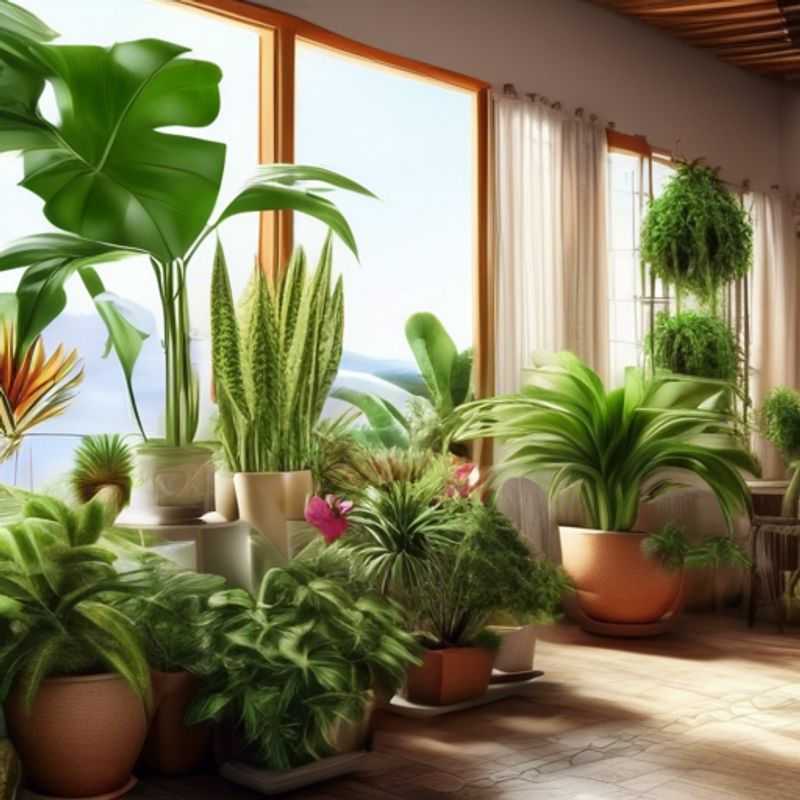
Top Things to Know Before Buying House Plants Online: Research, Reputation, Shipping, Size, Age, Care, and Returns
Ah, houseplants! Bringing the outdoors in, purifying the air, and adding a touch of life to our homes. But before you click "add to cart" on that tempting online deal, there are a few things to consider.

Researching Plant Species: A Guide to Informed Gardening
Before you bring a new plant home, take a moment to research its specific needs. This simple step can make all the difference in its success. Knowing a plant's light, water, and soil requirements is crucial. Some plants thrive in bright sunlight, while others prefer shade. Some need frequent watering, while others tolerate dryness. Soil type is also vital.
Investing a small amount of time researching the plant species ensures you can provide the right conditions. This will not only improve its chances of thriving but also save you money and heartache in the long run.

Reputation Check: Unlocking Quality and Reliability Through Seller Reviews
Before you buy anything online, it's crucial to check the seller's reputation and read customer reviews. This helps ensure you're getting a quality product from a reliable source. Look for sellers with positive feedback and high ratings. Pay close attention to reviews that detail the seller's communication, shipping times, and product quality. Consider using services like eBay, Amazon, or Etsy, which offer buyer protection programs and rating systems. These platforms can help you avoid scams and ensure a safe and satisfying online shopping experience. If a seller has a significant number of negative reviews or a low rating, proceed with caution or consider buying from a different seller.
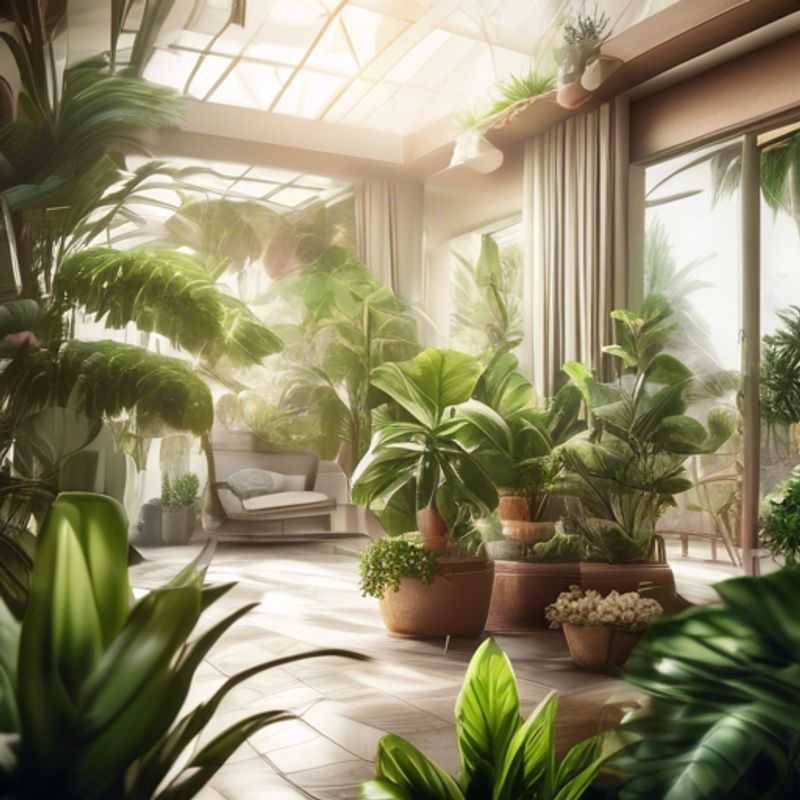
Shipping Savvy: Demystifying the Process and Mitigating Delays & Damage
The shipping process can be complex and involves multiple steps, from packaging and labeling to transportation and delivery. Understanding these stages helps you plan for potential delays and damage. It's important to note that while shipping companies strive for timely and safe delivery, unforeseen circumstances can occur.
First, consider the packaging of your goods. Proper packaging is crucial to prevent damage during transit. Ensure your items are well-protected with appropriate padding and secure packing materials. This step significantly reduces the risk of damage during transport.
Next, the labeling is essential for accurate delivery. Labels should be clear, legible, and contain all necessary information, such as the recipient's address, contact details, and the contents of the package. Mistakes in labeling can cause significant delays, so double-check everything.
Then, the mode of transportation plays a vital role. Air, sea, and road transportation each have advantages and disadvantages. Air freight is the fastest but also the most expensive option, while sea freight is slower but more cost-effective. Road transportation is a popular choice for shorter distances.
Finally, remember insurance. Shipping insurance offers financial protection against loss or damage during transit. While it adds an additional cost, it provides peace of mind, especially for valuable goods.
Understanding the shipping process and its potential challenges is crucial for smooth and efficient deliveries. Proper planning and preparation, including thorough packaging, accurate labeling, and insurance, can mitigate risks and enhance your overall shipping experience.
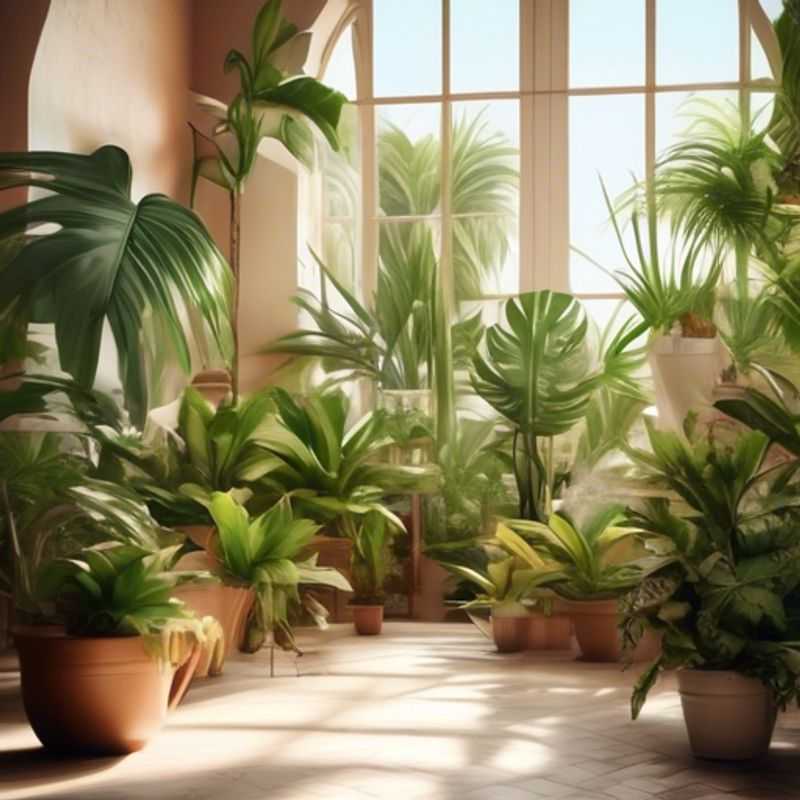
Sizing Up Your Green Dreams: Plant Size and Packaging for a Perfect Fit
Before bringing a new plant home, take a moment to consider its size and the packaging it comes in. You’ll need to ensure there’s enough space for the plant to thrive. Measure the area you’re planning to place the plant and compare it to the plant’s dimensions, which are usually found on the plant tag or website description. Be mindful of the packaging – a large pot or tray might require additional space. Consider the height and width of the plant, as well as any potential growth in the future. A little planning can prevent any surprises and ensure your new plant has a comfortable space to grow.

Asking the Right Questions: Assessing Plant Age, Growth Stage, and Health
When inquiring about a plant's age, growth stage, and overall health, there are several key factors to consider. Understanding the age of a plant can help determine its optimal care and maintenance needs. Age can often be estimated by examining the plant's size, growth rings (in woody plants), or leaf count in younger specimens. Growth stages typically include germination, seedling, vegetative, flowering, and maturity. Each stage has distinct care requirements, such as light, water, and nutrients.
Assessing the overall health of a plant involves checking for signs of distress, such as yellowing leaves, wilting, or stunted growth. Healthy plants usually exhibit vibrant colors and robust growth patterns. It's also essential to consider environmental factors like light exposure, humidity, and soil quality, which can significantly impact plant health.
When creating a plan to inquire about a plant's condition, consider potential paid activities such as consulting with a horticulturist or purchasing soil testing kits. Additionally, workshops on plant care can provide valuable insights into plant health assessment techniques. These resources can help you make informed decisions about your plants and ensure they thrive.
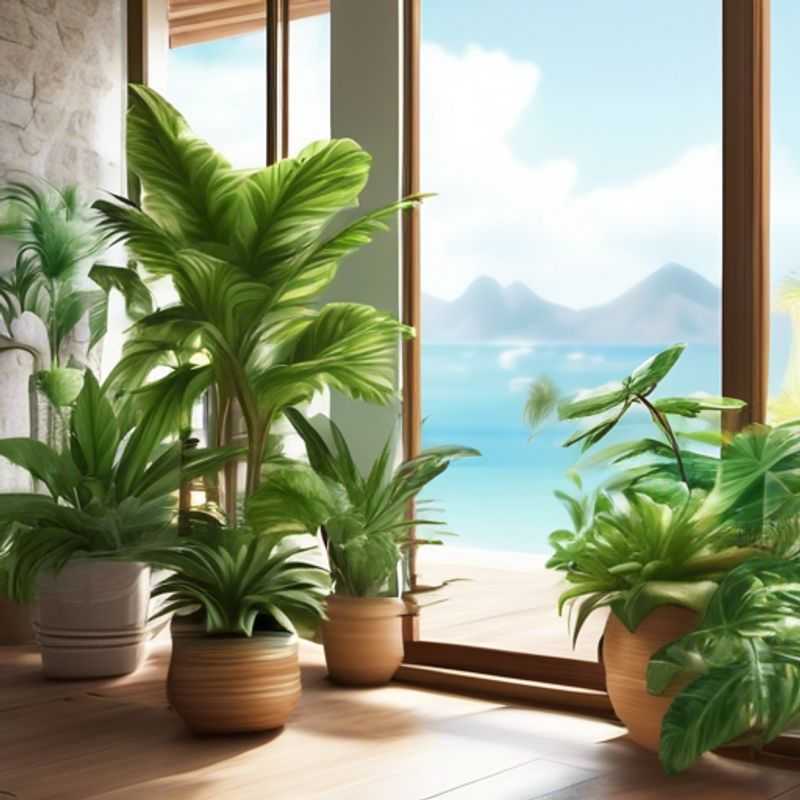
Setting Up for Success: Providing the Right Growing Conditions for Your New Plants
Providing the proper growing conditions upon arrival is crucial for the successful establishment of plants. This involves understanding the plant's specific needs, which can vary depending on the species.
Light is a fundamental factor. Each plant requires a specific amount of light, whether it's full sun, partial shade, or shade. Ensure you place the plant in an environment that meets its needs.
Water is another crucial element. Different plants have varying water requirements. Some thrive in moist soil, while others prefer drier conditions. Overwatering or underwatering can lead to plant stress and decline.
Soil plays a critical role in plant growth. The soil's composition and pH levels directly impact the availability of nutrients. Choose a soil mix that suits your specific plant and ensures proper drainage.
Temperature is an important consideration. Plants have optimal temperature ranges for growth. It's vital to place your plant in an environment that provides the suitable temperature range.
Humidity is another factor. Some plants require higher humidity levels, especially those originating from tropical or humid environments.
Fertilization is essential for providing plants with essential nutrients. However, excessive fertilization can harm plants. Choose a balanced fertilizer and apply it according to the plant's specific needs.
By understanding and meeting the specific requirements of each plant, you can foster healthy growth and maximize its potential.
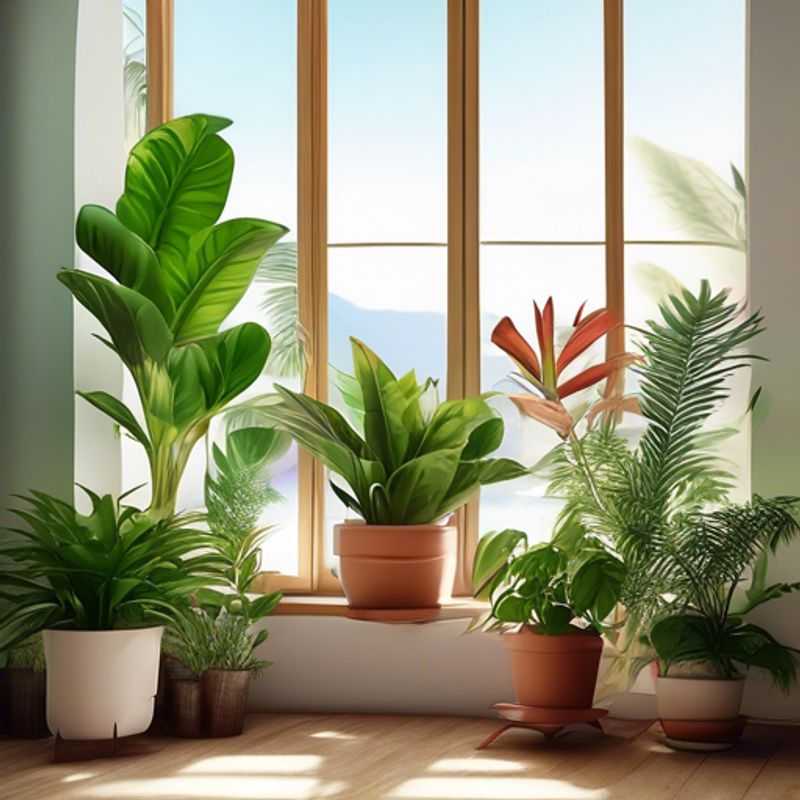
Knowing the Return Policy: Ensuring Your Green Thumb Triumphs
When purchasing a plant, it's wise to familiarize yourself with the return policy, especially if you're a beginner gardener. While most plant sellers offer a return policy, it's crucial to understand the terms and conditions. Check for specific details about the time frame for returns, the condition of the plant upon return, and any associated fees. Some stores may require proof of purchase or a receipt. You might need to return the plant in its original packaging. Understanding the return policy beforehand can save you from unpleasant surprises and potential financial losses.
